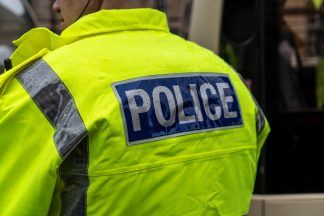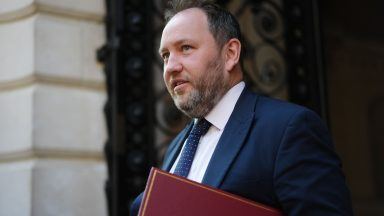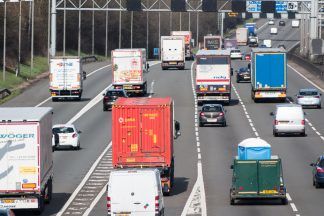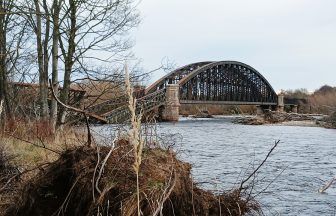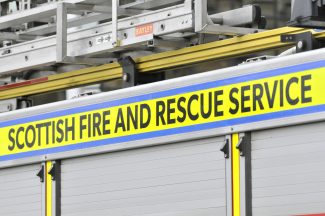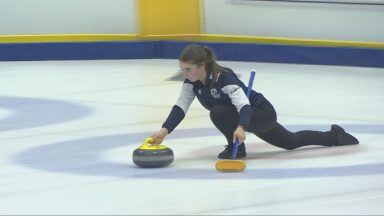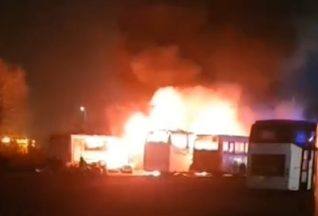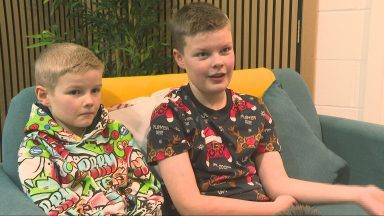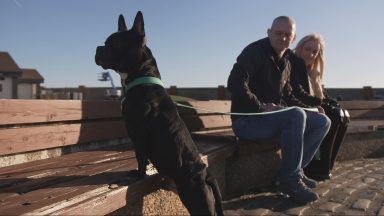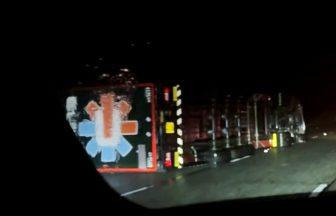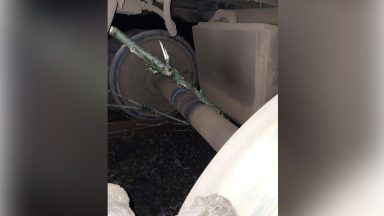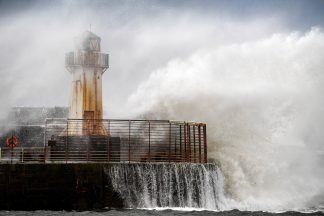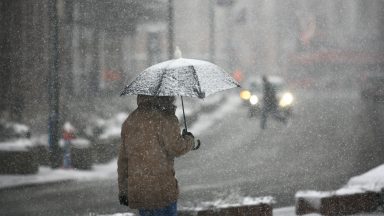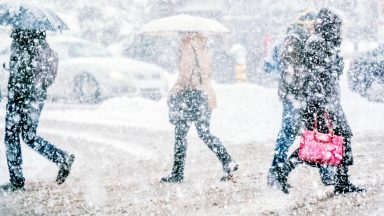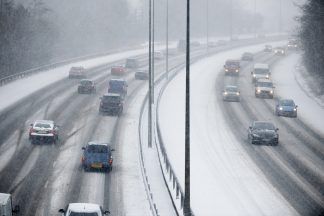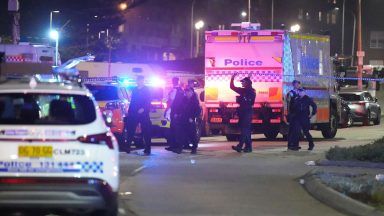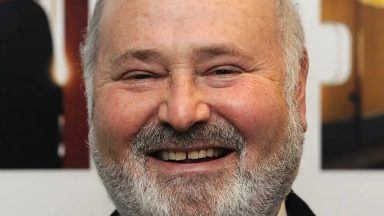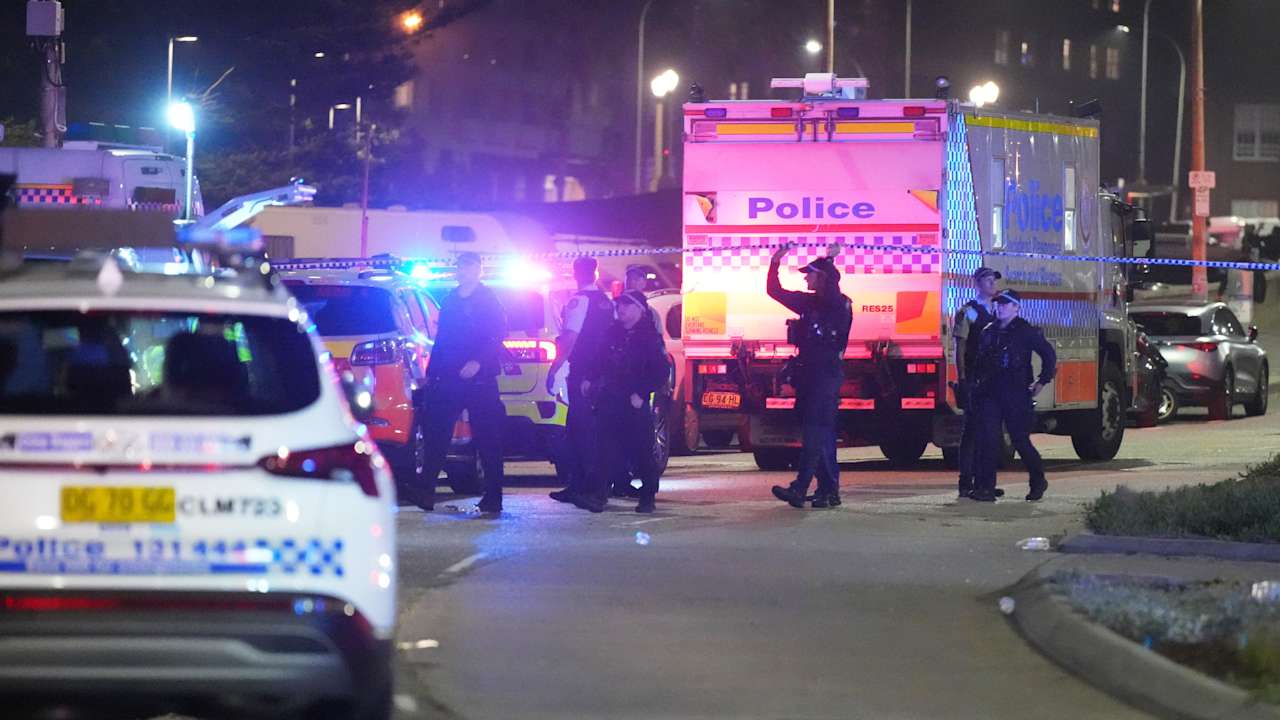They were named after the Roman goddess of dawn – the shimmering Aurora who flew across the morning sky announcing the arrival of the sun.
The phenomenon today still hints at what the ancient world saw centuries ago – an emerald glow flying out like a cloak of light from the shoulders of a god – before a backdrop of cold and sparkling stars.
For years, photographer Christopher Andrew has tried to hunt down the haunting dance of the Northern Lights – and this year he finally got his ultimate shot.
“I work in construction full-time, I’ve been doing it since I left school. But I’m a part-time photographer too,” said Chris.
“I’ve always been passionate about it. I usually work on the Isle of Skye, but I was home at Ardeseir that day my Aurora alarm went off.”
Like many Aurora Borealis hunters, Chris has an app downloaded on his phone which alerts him to any space weather activity.
High speed solar wind streams buffet the Earth, disturbing our magnetic field and increasing the likelihood of auroras.
Once Chris’s app alarm is triggered, he knows to reach for his camera.
“I went to a spot I know of just a few seconds from my front door,” he said. “I’m about ten miles outside Inverness so there’s no light pollution.
“It was there, I saw it. I saw it light up the whole sky.”
But that was only after a very lucky call from his friend.
Chris had been out earlier that night at about 10pm when he first noticed his alarm.
There was no cloud cover at all so it was absolutely freezing outside, but all he could see was a weak glow.
“But then about 12:30 I got a text from my friend saying the app was going mental,” said Chris.
“I was already in my bed and I just thought, yeah, I have to go – and it was the strongest I’ve ever seen. It’s only the second time I’ve seen it with the naked eye but I could see it dancing.
“I had my onesie on under my clothes but I still had to go back and get a hot water bottle on.”
Chris popped his picture online in the popular Scotland from the Roadside Facebook page and it “went a bit viral”. Then the papers got hold of it. It was, after all, a perfect shot.
“You can’t ever replicate perfect conditions like that. I was pretty chuffed,” said Chris.
Eight top tips to photograph the Northern Lights
- Download an aurora watch app and check regularly for Met Office Space weather update.
- Head out to a location away from light pollution.
- Dress warmly – temperatures will usually be very cold as the aurora tends to display best in the midnight hours.
- Winter time is best as there are long dark nights and usually a clear night comes with sub-zero temperatures.
- Once in position, almost any camera – either digital or film – will work for photographing the Aurora, as long as you can adjust it manually to take time exposures of 10-30 seconds or longer.
- An average of 20 seconds should work suitably well to capture the levels of light that you need. Anything longer than that and you tend to get star trails.
- A f2.8 lens and at ISO of 1600 usually works well – a wide angle lens is great.
- A tripod is a very good call, as any slight camera movement will have significant impact on your shot.
To view Chris’s pictures you can visit his Facebook page here. https://www.facebook.com/Thephotographylab1/ If you are lucky enough to capture the Northern Lights you can send your photos in here to weather@stv.tv






